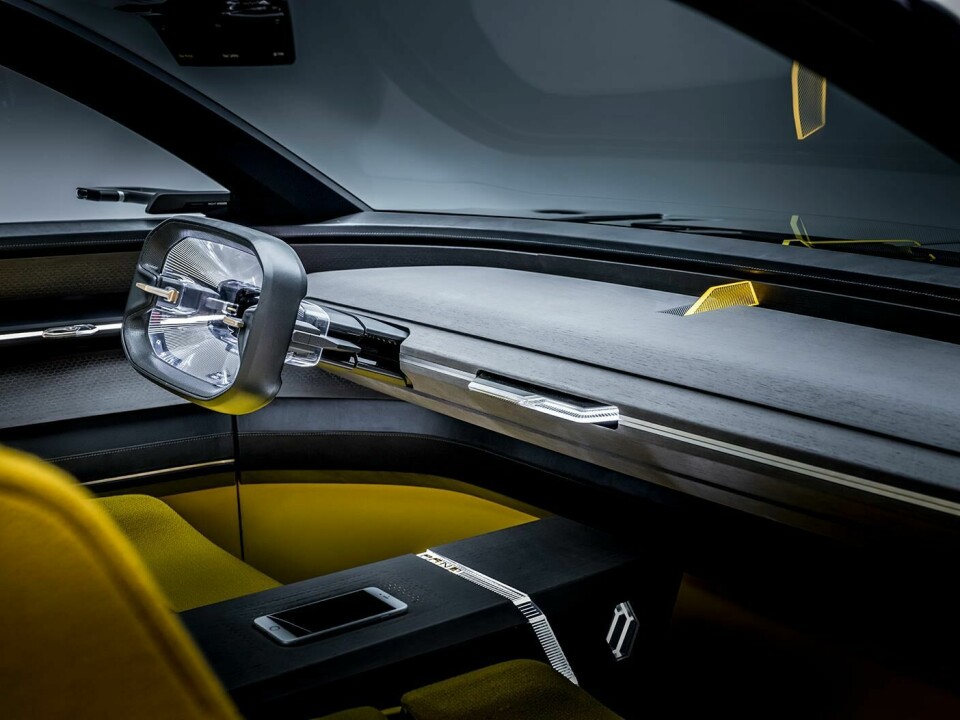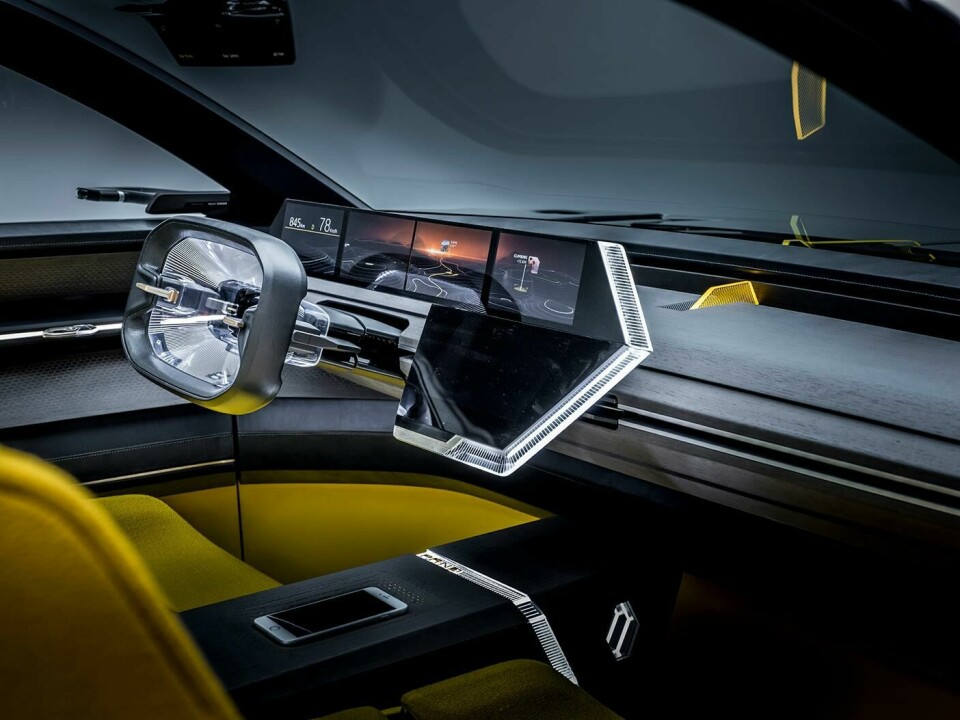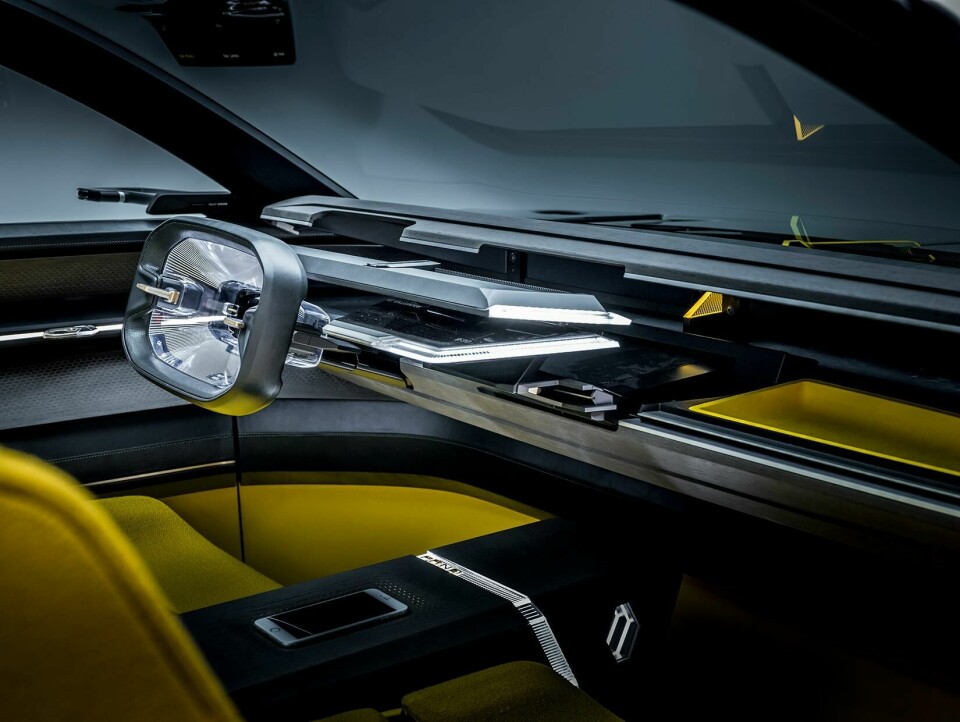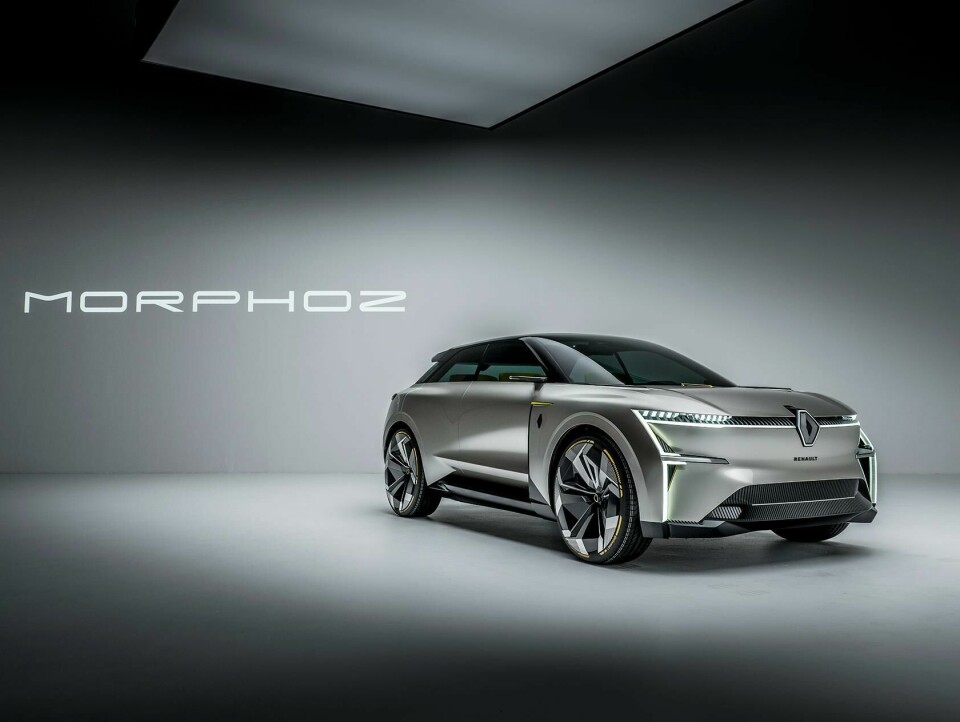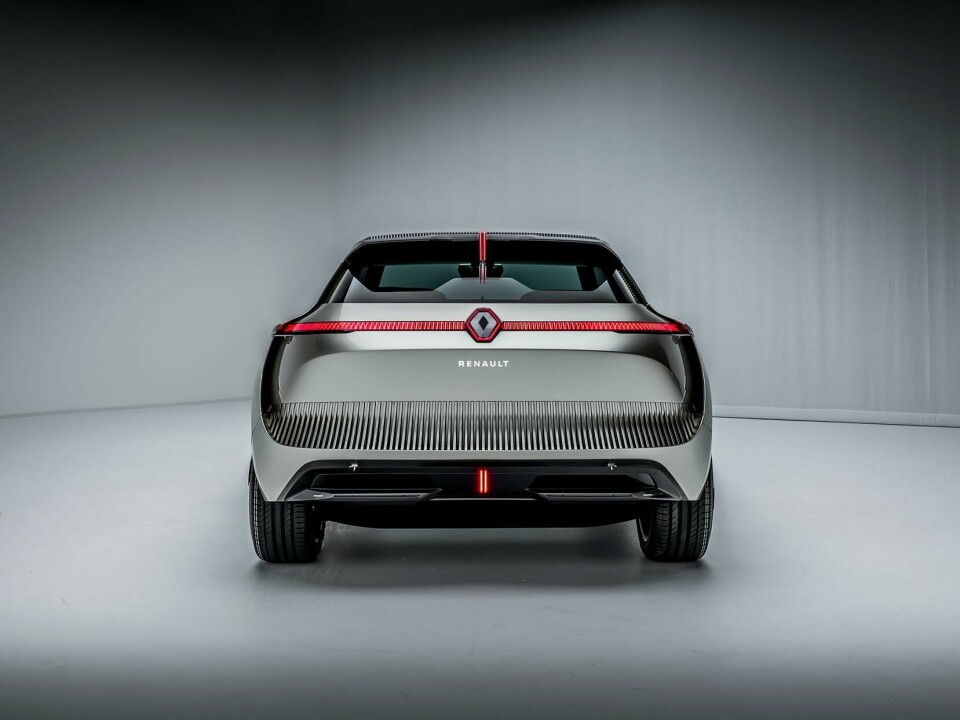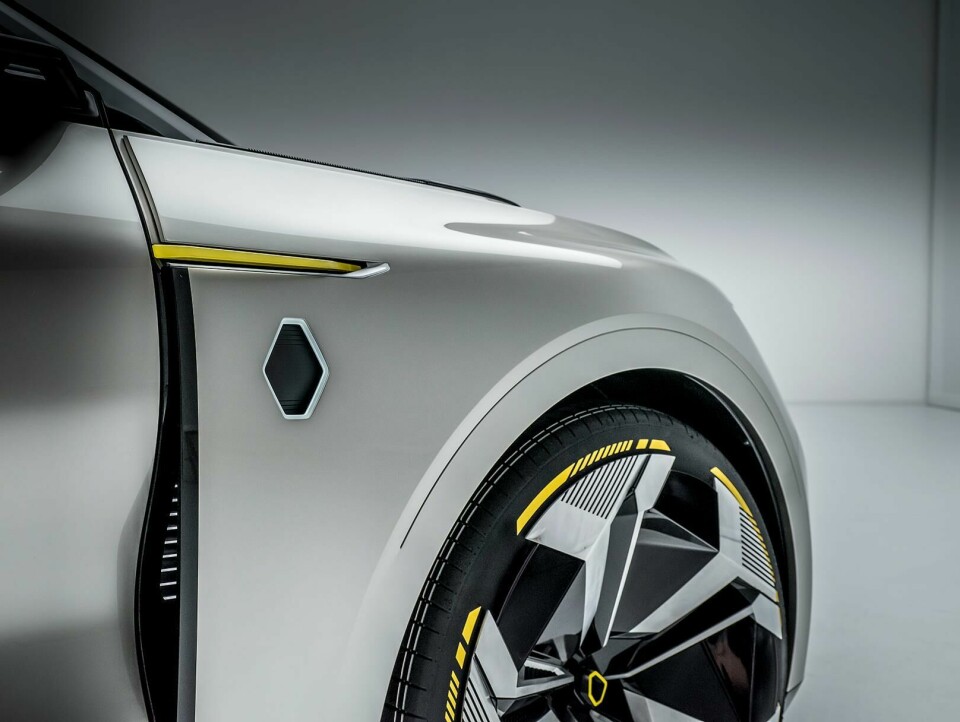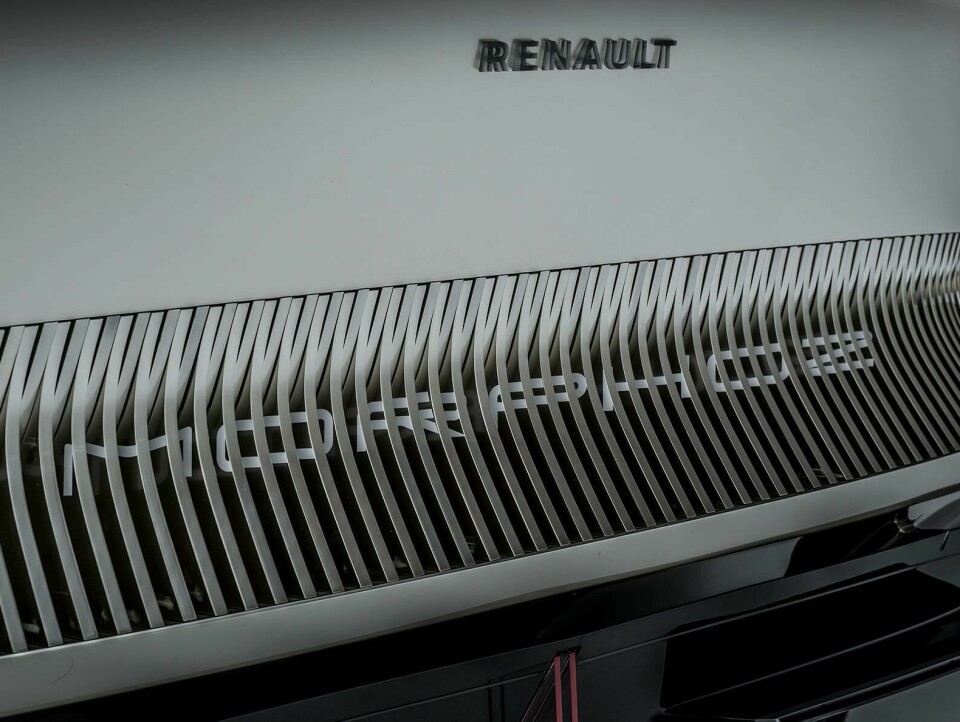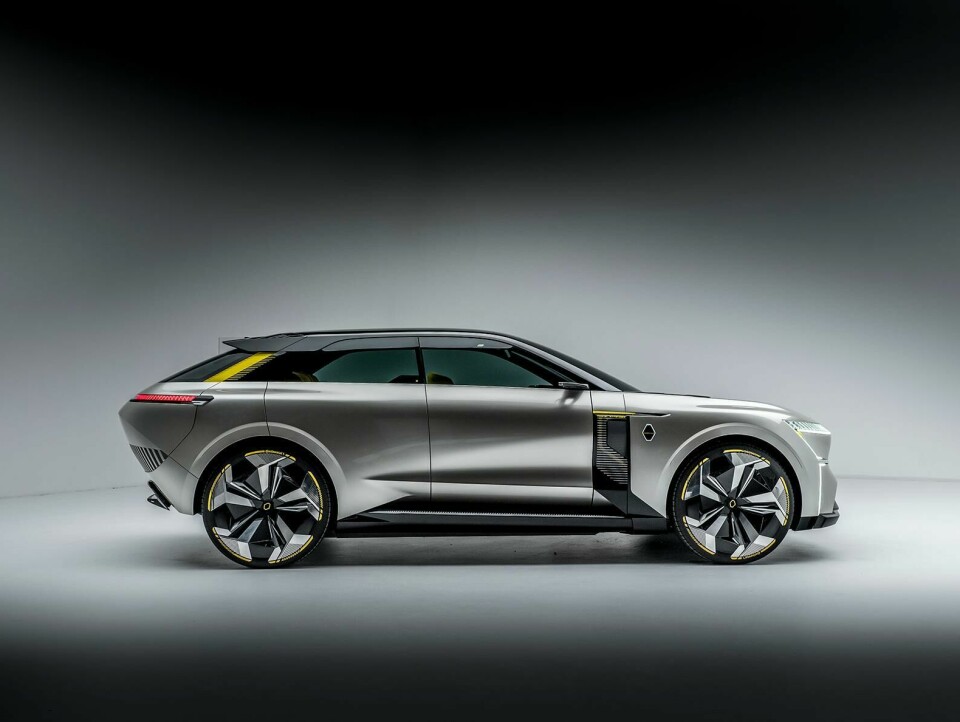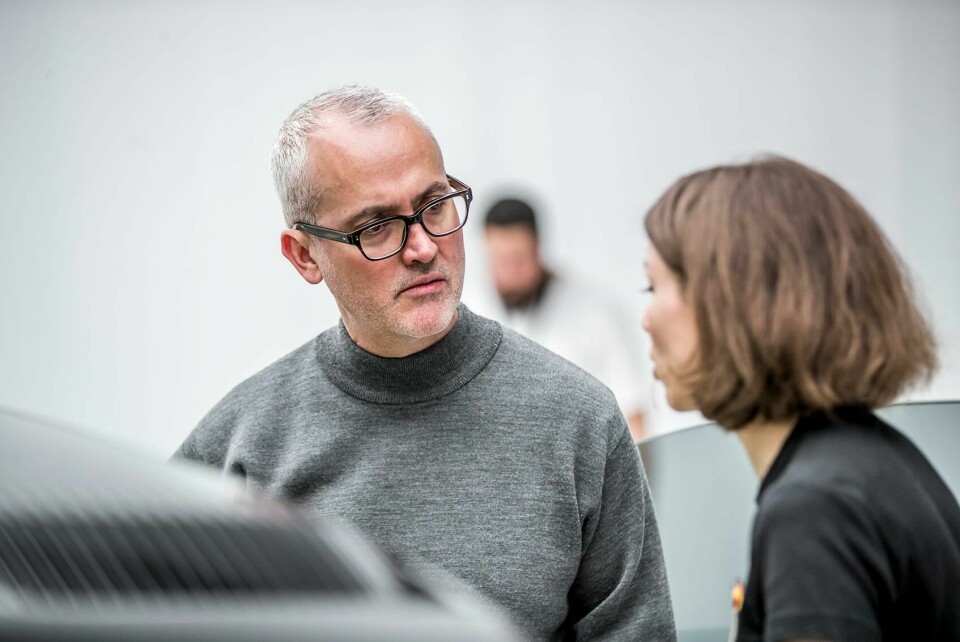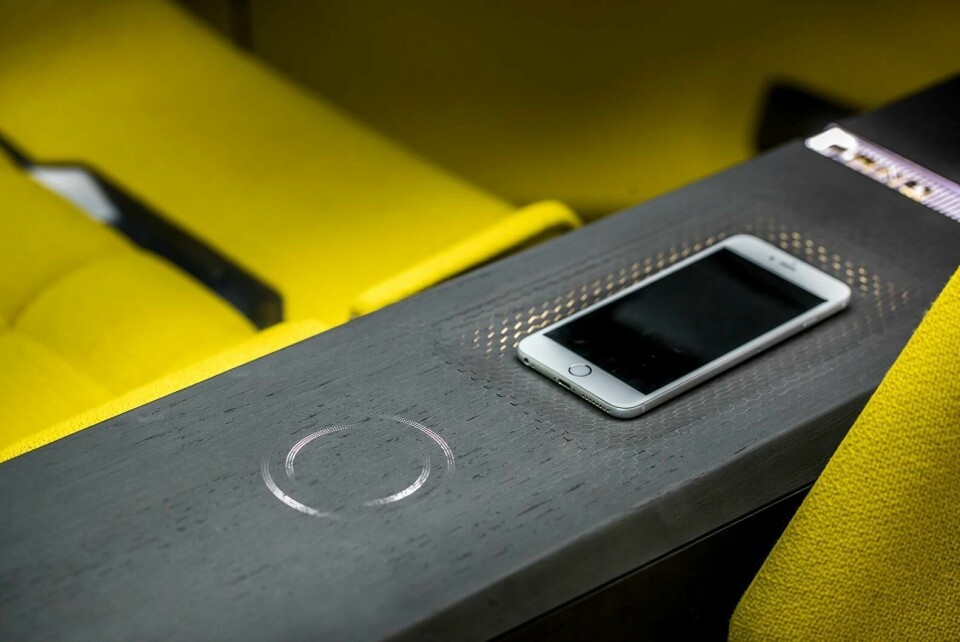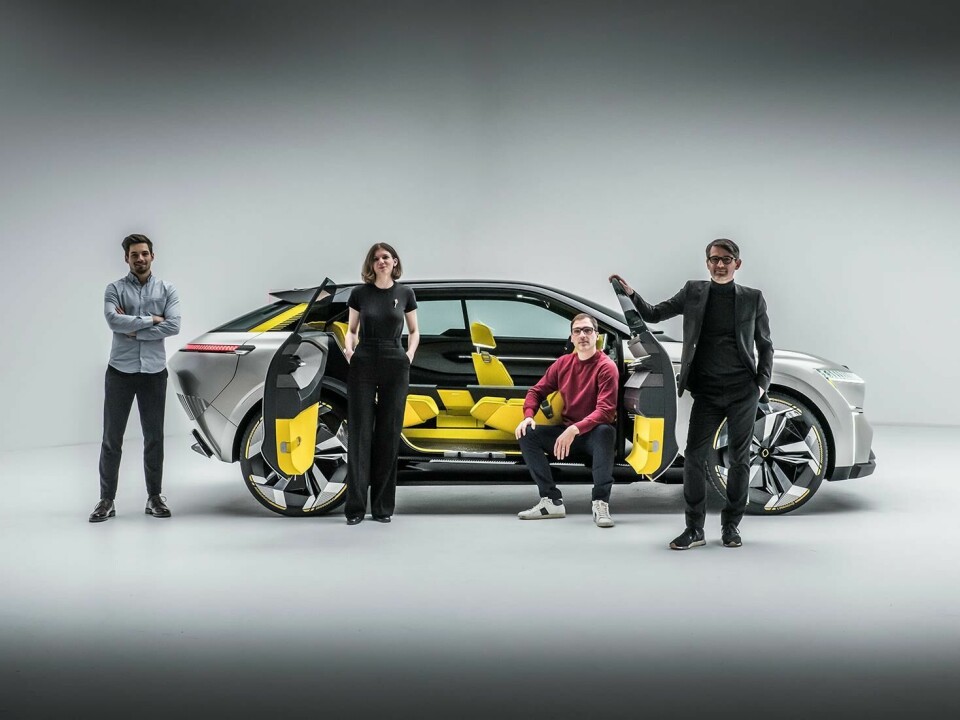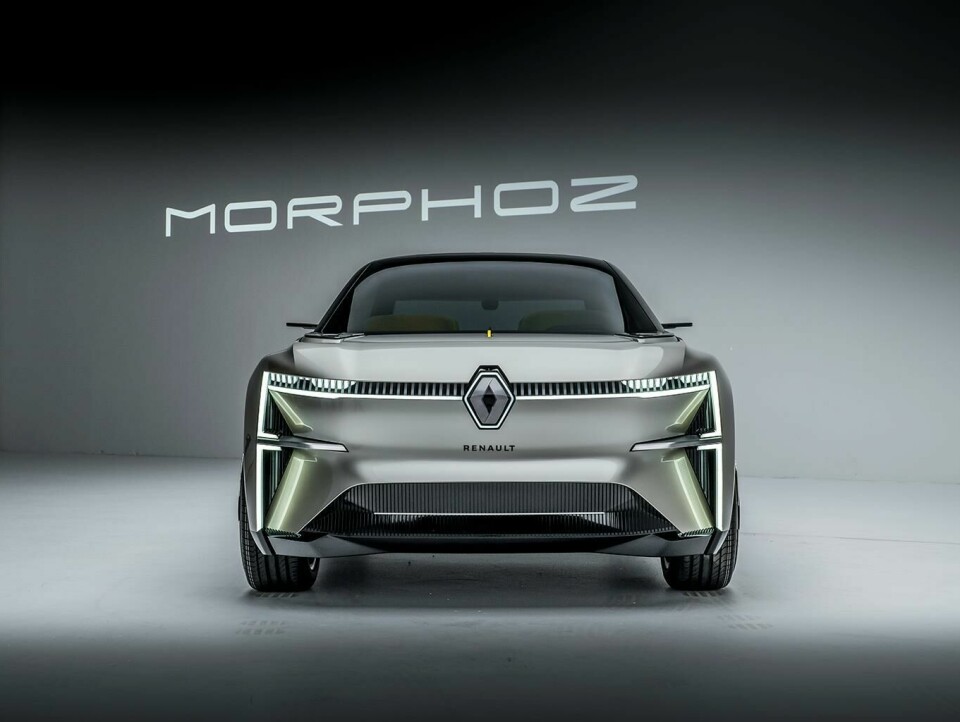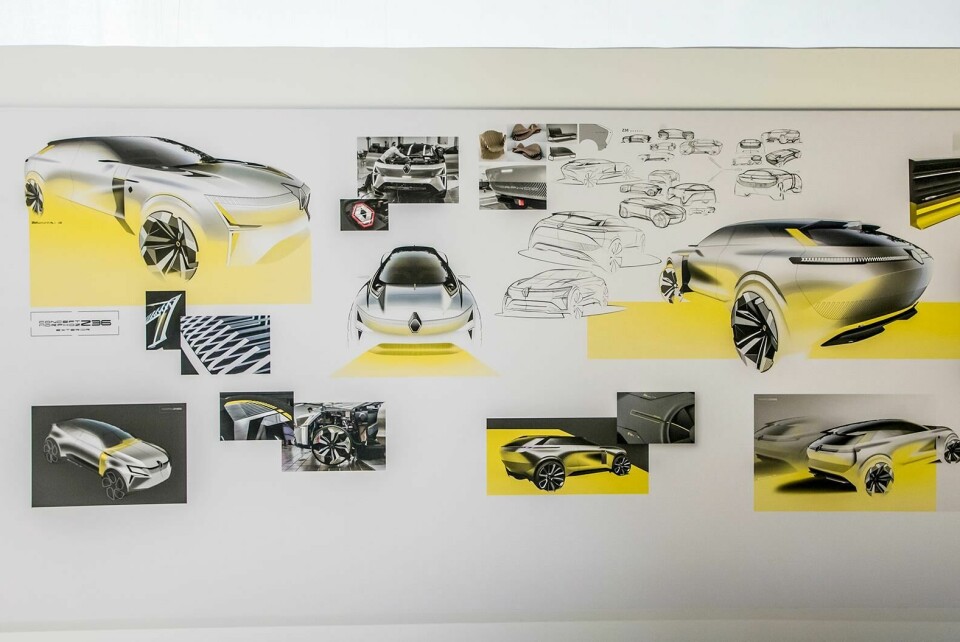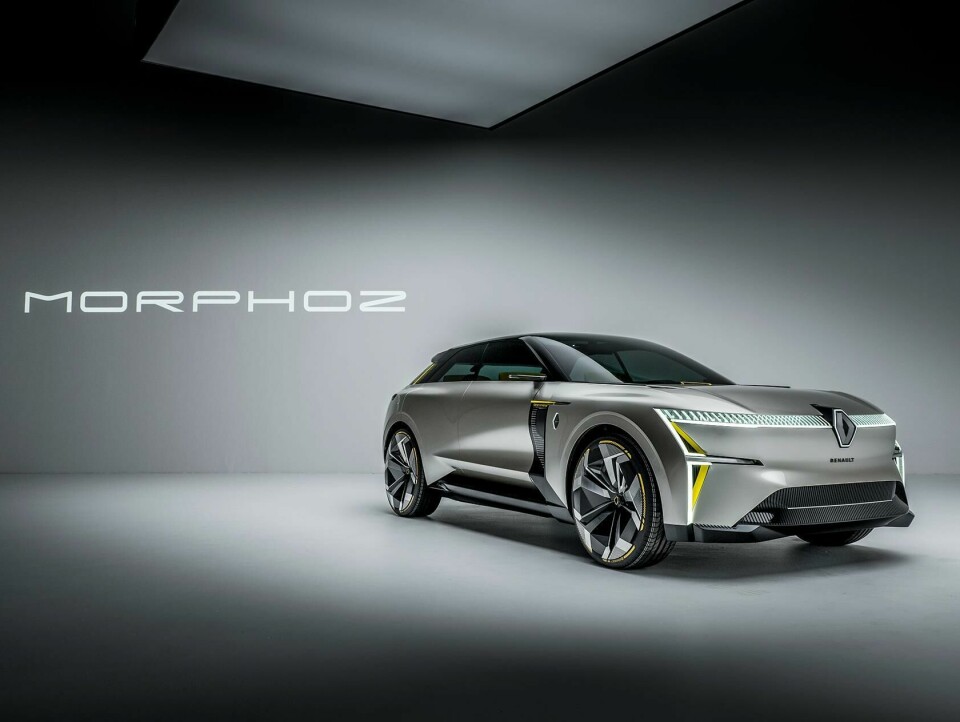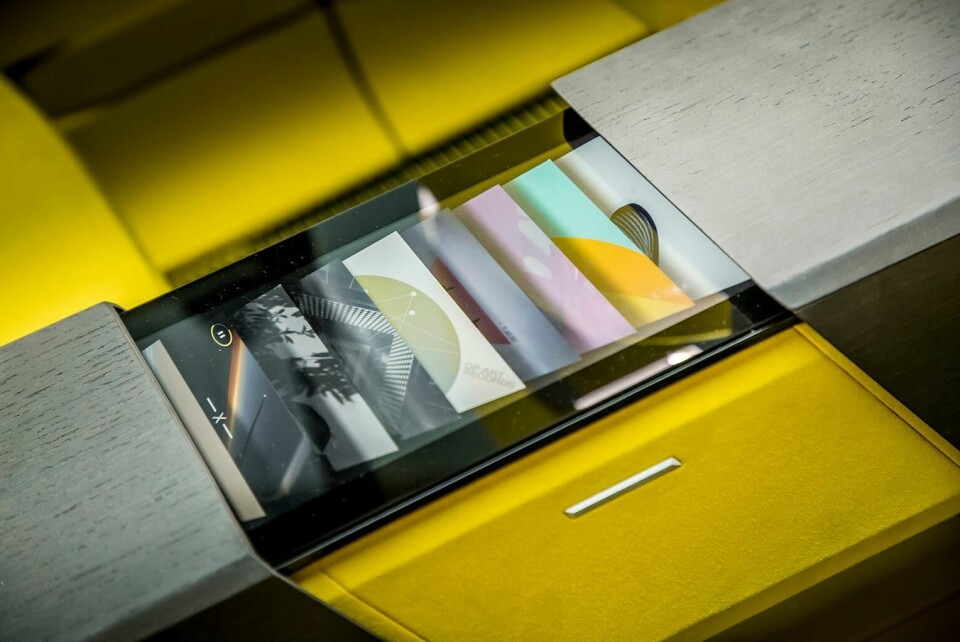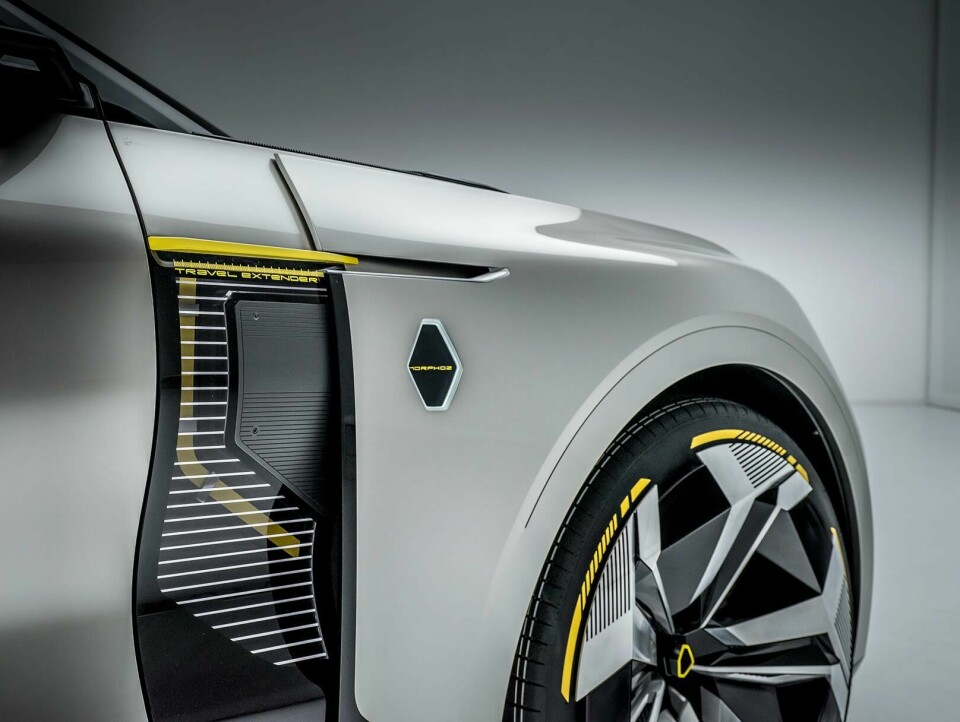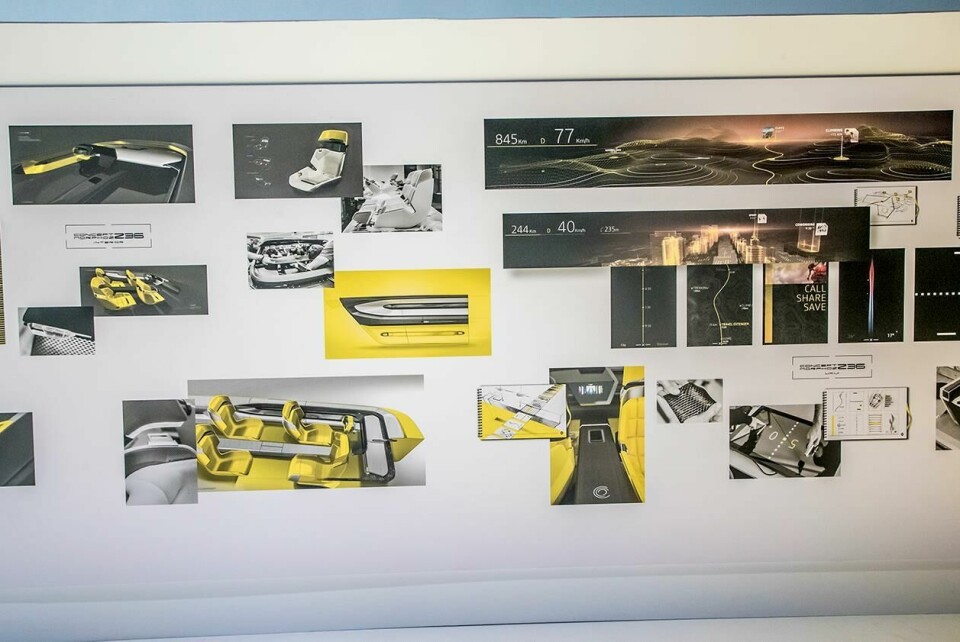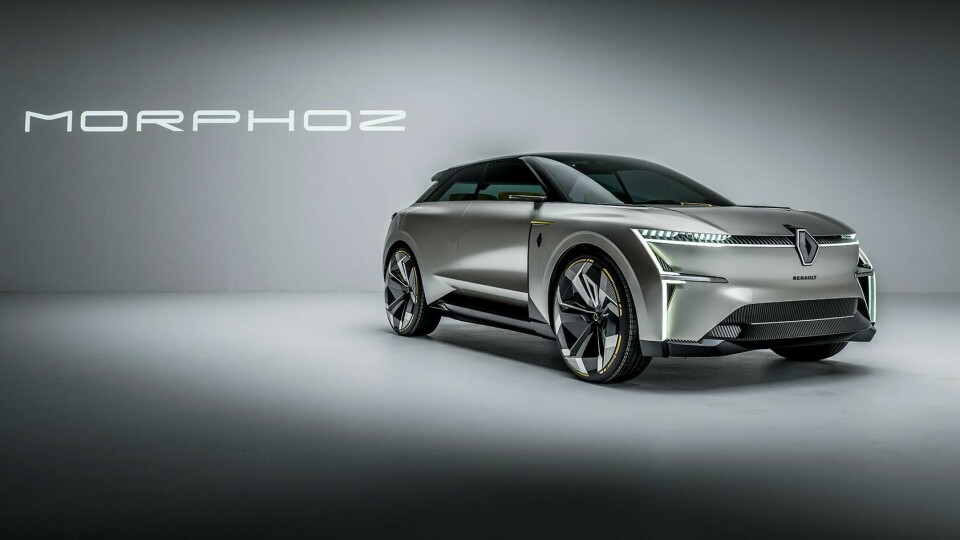
First Sight: Up close with Renault’s shape-shifting Morphoz
Renault’s latest concept represents the brand’s Urban Family Mission
In a secret warehouse in the St. Denis area of Paris Renault’s director of concept cars Francois Leboine explained that the Morphoz concept is the fifth ‘petal’ within Renault Design’s second ‘daisy’ series of lifecycle concept cars and represents the French brand’s Urban Family Mission. Possibly doffing its conceptual cap to the shape-shifting qualities of Rinspeed’s 2009 i-Change or indeed the 1992 Matra Zoom – the Morphoz also adapts its size, but in a different way, as Leboine declared: “We wanted a vehicle that could fulfil 85-90% of its customers’ needs and then extend to add an extra battery pack and more interior space for longer journeys.”
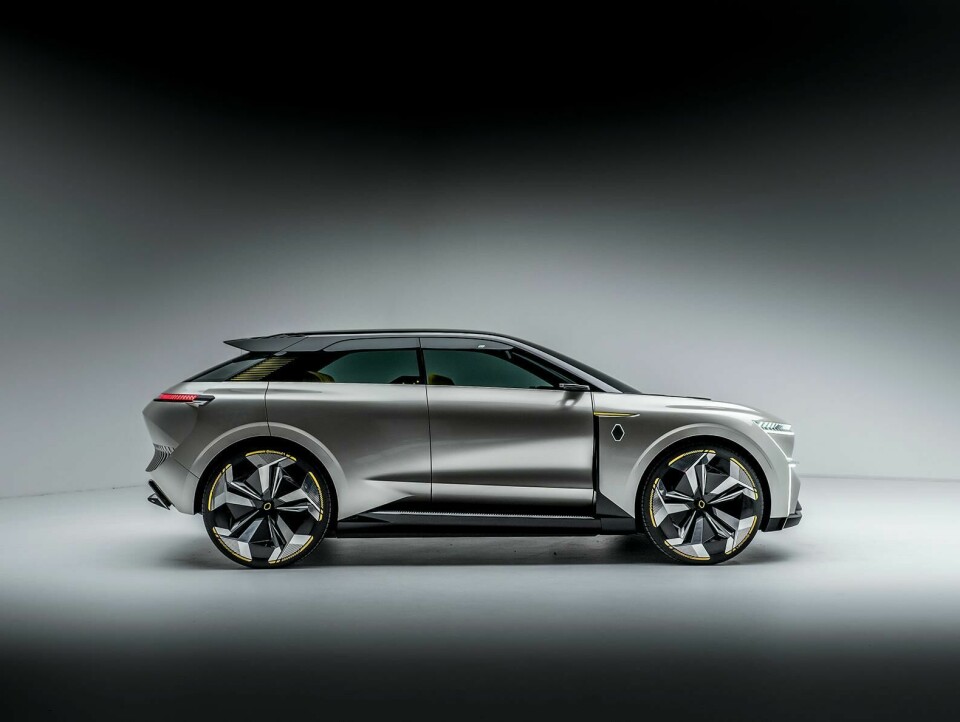
Consequently there are two sets of exterior dimensions for the Morphoz. In regular City guise, its overall length is 4.40 metres long with a 2.73-metre wheelbase. But in Travel mode the length increases to 4.8 metres via three movements: the front axle and fenders slide forward 20cm; the front face protrudes outwards by 5cm and the tail section morphs rearward by 15cm. The proportional effect is akin to a squat compact SUV gaining a little more nose and tail while the wheelbase extends to 2.93m (to accommodate a bigger battery for longer electric vehicle journeys, installed from below). The 1.55m high roofline is unaffected as is the two-metre width.
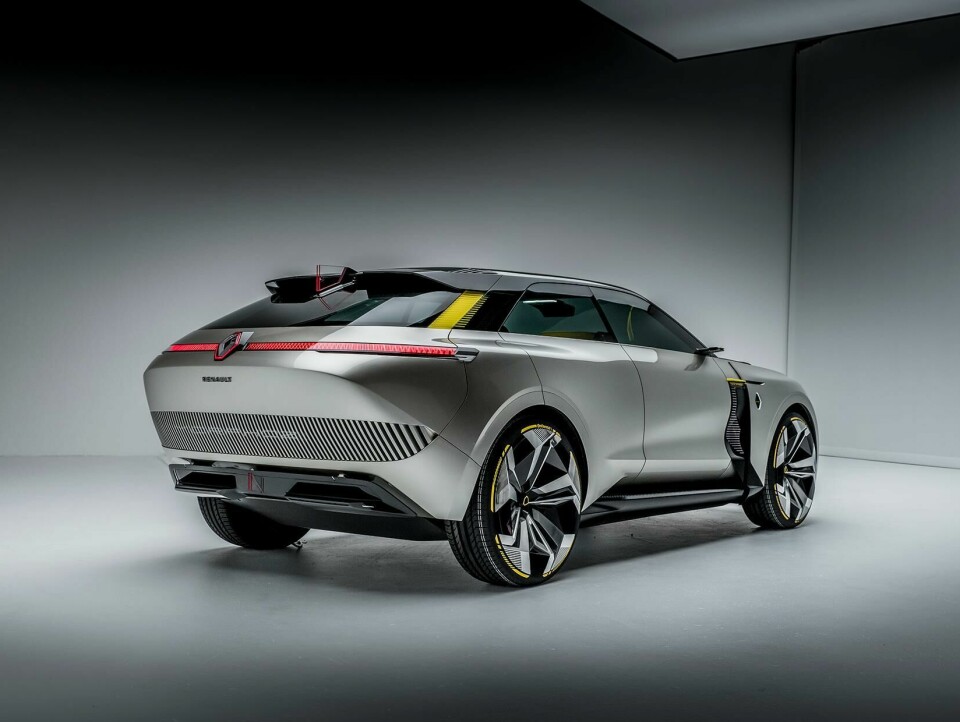
For exterior designer Marco Brunori, the transformable concept was a tough but exciting challenge, especially at the back of the car. “The big surfaces didn’t change that much because the cuts were placed in quite obvious shut-line areas,” he told CDN. “But what was tricky was to get the rear right because we didn’t know until very far into the process what we were going to do there”. BMW Gina-style textile solutions were apparently considered before a more solid final lamella solution from Brunori won through. “I guess that’s a reason why my proposal was chosen, as it allowed us to have two sections,” he continued. “They interlock, but visually from the outside you ‘read’ the rear as one closed surface when actually, every second piece is a void. This allowed us to have a rather simple section which once retracted creates a [backward] ‘C shape’ that visually gives the impression of a bumper.”
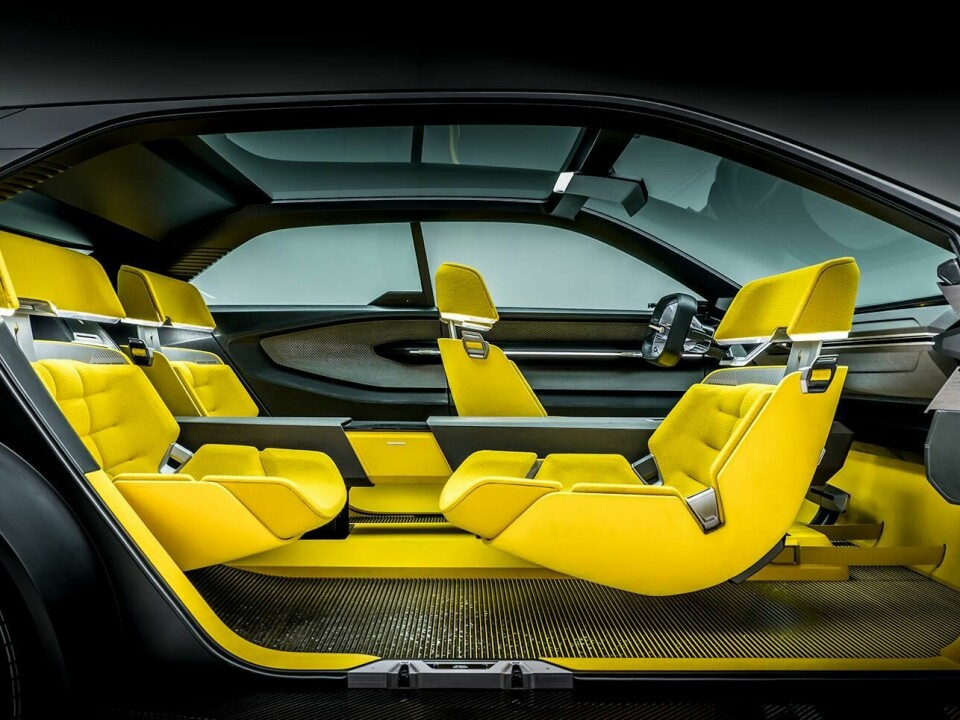
All this exterior trickery extends the second-row interior space, rather than making the boot significantly bigger, but beyond that size change the cabin also features numerous interesting details not immediately obvious at first glance. Dominating the space are four domestic interior-inspired, slightly retro-upholstered, one-piece shell seats that hang off a central tunnel so that they float neatly above a ridged recycled plastic floor.
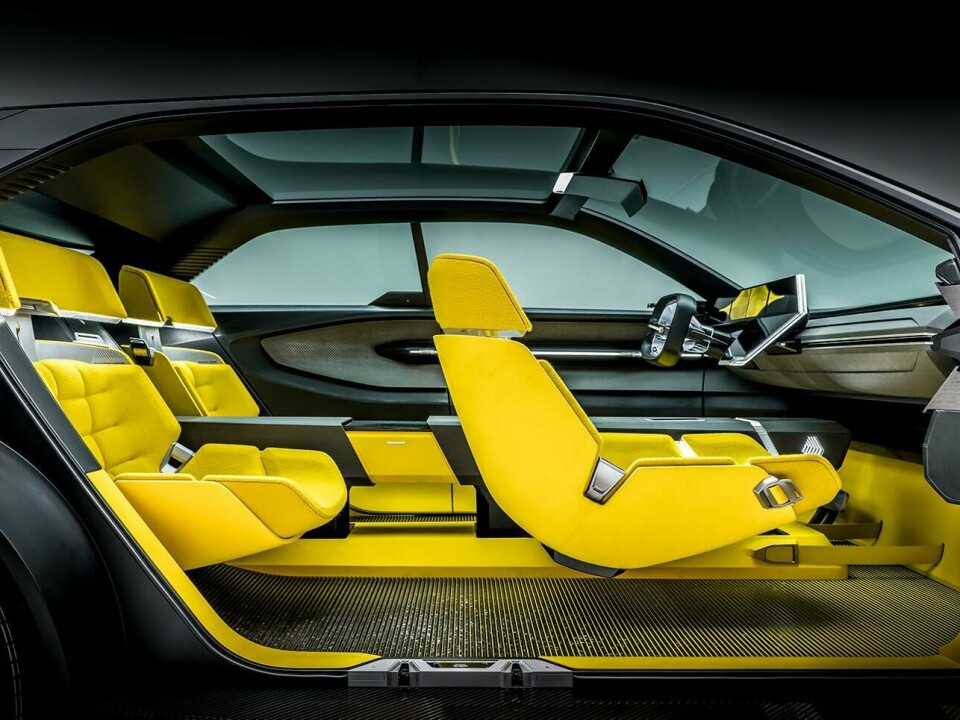
The tunnel itself is also innovative for concealing a capacitive horizontal screen that allows rear passengers to flick through what appears to be a hidden box of seven-inch single record sleeves to select music – the images are actually digital but of a similar size – while further up the car towards the driver, a section allows a mobile phone to connect with the car in an extremely pleasing way. Place the phone where the back-lit area indicates and a rubber-backed section of the tunnel’s smoked wood matt-finish veneer deforms to allow the phone to sink into a small depression and welcome the user to the car. When ready to leave again, lifting the phone off allows the tunnel’s shape to move gently back upwards to become a single smooth surface again. It’s a fantastic effect that needs to be watched on video – or seen in person – to fully appreciate.
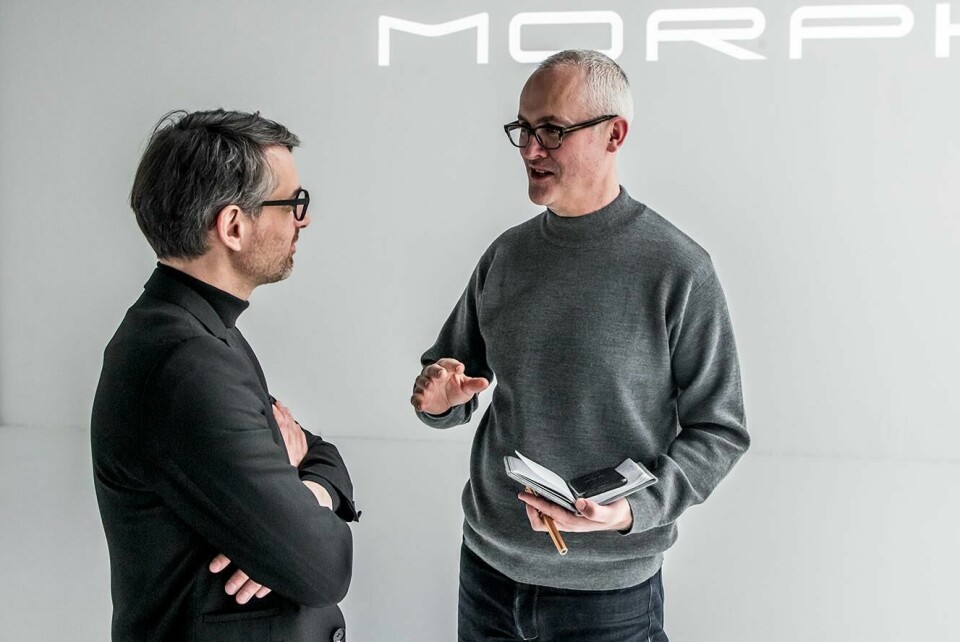
It’s another example of the Morphoz’s physical morphing skills which is riffed on further in the way the multiple display screens emerge from the top of the instrument panel to form a large and asymmetric whole. Alongside a front passenger seat that pivots on its horizontal fixing to become rearward-facing when required plus lots of design details and innovative material-use stories, the Morphoz really is a concept that rewards close inspection, both inside and out.
Multiple display screens
Better still, the Morphoz displays its design ideas with great functionality – that actually works – and we intend to share that longer story with you soon. For now though, the last words go to Renault’s director of concept cars Leboine: “All these games are part of the job of us designers to really turn this car into a magical sculpture. We have to make what could be a purely conceptual idea into a technical working concept.”
